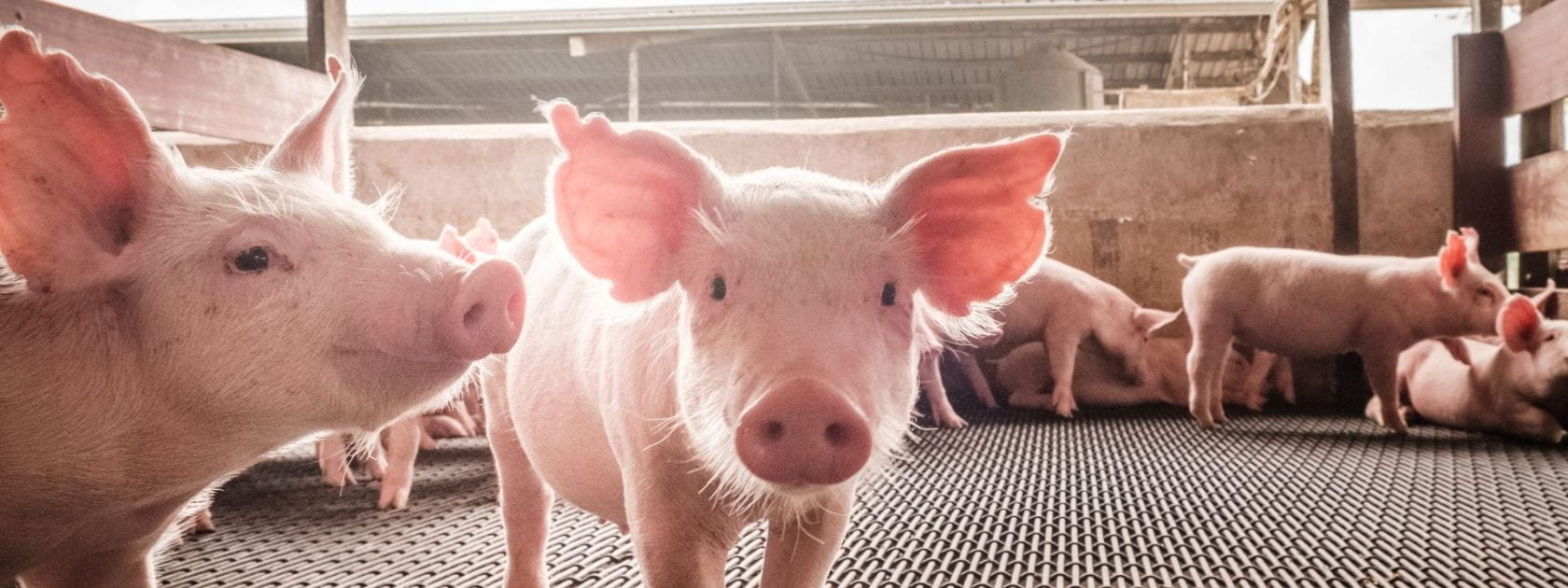By Madison Penney
Perching is a highly motivated behaviour in laying hens. The Code of Practice requires that housing systems must include perches that allow the hens to grasp or wrap their toes around them. The motivation for grasping is generally assumed based on the digital tendon locking mechanism in birds’ feet that passively curls the toes when they are roosting and minimizes energy expenditure while balancing. However, hens are also known to be motivated to roost as high as possible in their housing system. It is not known whether they would be more motivated to use a perch that allows them to grasp than a platform at a higher elevation. This study is investigating the preferences of pullets for perching on structures that allow their toes to wrap versus those that do not, and whether different elevations affect this preference. It is hypothesized that the pullets will prioritize seeking elevation over structures that allow grasping, and that seeking elevation for roosting will be more highly motivated in white-feathered pullets than in brown-feathered. 120 DeKalb White and 120 Bovans Brown chicks will be housed in groups of 10 in 24 floor pens, grouped as only Whites (n=8), only Browns (n=8) or Mixed (n=8). Each floor pen is fitted with two wire platforms and two round metal perches installed on opposite sides of the pen with wire ramps. From 3-19WOA, platforms and perches will be systematically offered in a manner such that the pullets are required to trade off on grasping versus elevation. Video recordings will be analyzed during each period to count the number of birds on the perches, platforms, and ramps. This research will help improve the welfare of laying hens in commercial systems by providing a deeper understanding of hens’ preferences and better equip them for their futures in aviary systems




